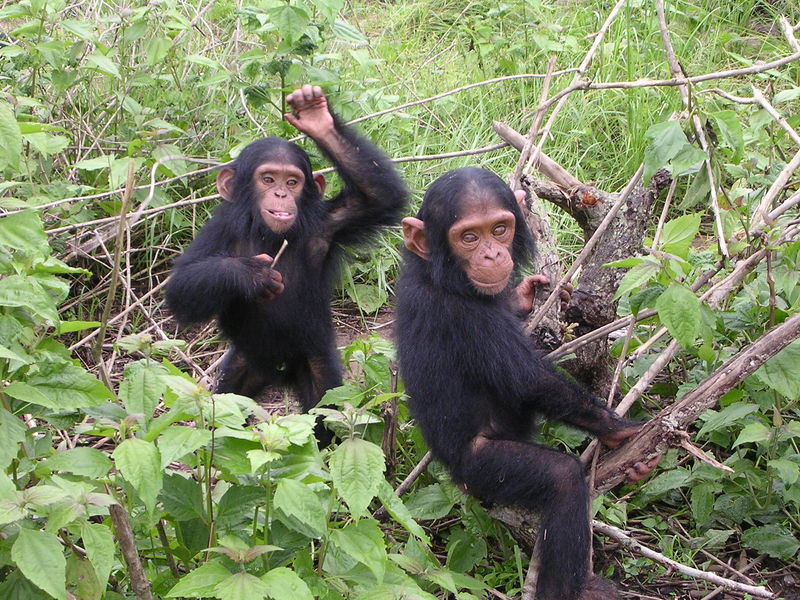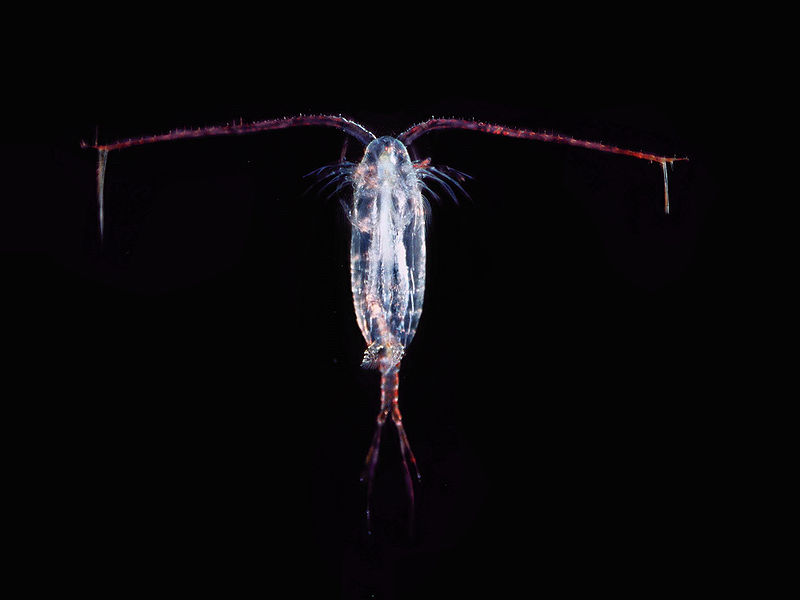
Photo by <a href="http://en.wikipedia.org/wiki/File:Hopetoun_falls.jpg">Diliff</a>, courtesy Wikimedia Commons.
Are prophecies of conservation doom self-fulfilling? That’s the intriguing argument put forward in a new paper in Trends in Ecology and Evolution by Australian researchers Stephen T. Garnett and David B. Lindenmayer.
In “Conservation science must engender hope to succeed,” the authors suggest that relentless communication of an impending mass extinction is failing to motivate politicians, policy makers, or the public, and is likely to be counterproductive:
Researchers need to provide the science not only for the campaigns lamenting environmental loss, but also, most importantly, for those celebrating the effectiveness of conservation.
The authors acknowledge the immense challenges facing global biodiversity. Yet they remind us of enormous achievements of the past 50 years:
- South Korea, almost denuded after the Korean War, now boasts forest cover across more than 63 percent of the country.
- In Namibia, wildlife populations are increasing.
- South Africa has completed a major expansion of Kruger National Park.
- Iraqi engineers have reflooded the Tigris–Euphrates marshes.
- Pioneering legislation has slowed species loss around the world, including the Bird Directive of the EU, the Habitats Directive of the EU, and the US Endangered Species Act of 1973.
- In Australia, large-scale land clearing has been halted and most of the rainforest in the country is now contained within World Heritage sites.
- The largest marine protected area in the world was recently enacted by one of the poorest nations on Earth, Kiribati.
- The Antarctic Treaty has conserved more than 14 percent of our global land area—18 million square kilometers/6.5 million square miles—for longer than 50 years.
Garnett and Lindenmayer propose that scientists and communicators stress success via three actions:
- Hold a series of international conferences with published proceedings devoted entirely to describing successful conservation programs that have led to positive outcomes.
- Instigate journal editorial policies that promote the publication of papers highlighting successful conservation actions. Instigate special issues highlighting positive policy changes and achievements. Such journal policies are required because—the authors suspect—there’s a bias towards citations of doomsaying papers.
- Complete interdisciplinary scientific research on the factors underpinning effective, successful, and sustained conservation. Do this in multiple settings at multiple scales, and use this research to boost future conservation effectiveness.
The paper:
- Stephen T. Garnett and David B. Lindenmayer. Conservation science must engender hope to succeed. Trends in Ecology and Evolution. December 2010. DOI:10.1016/j.tree.2010.11.009.














